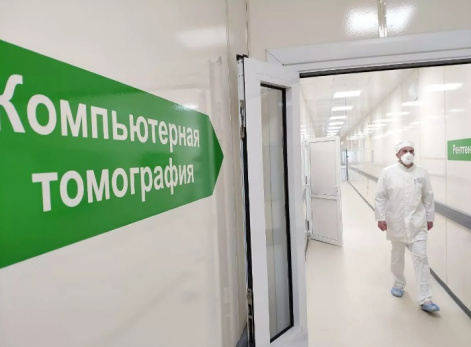Krasnoyarsk scientists proposed to use artificial intelligence for the analysis of CT images
5 June 2020 г.

A team of Krasnoyarsk scientists performs processing and analysis of images of x-ray and computed tomography of the chest using methods of artificial intelligence and computer vision. The aim of the study is to quickly diagnose lesions caused by COVID-19, as well as to differentiate the types of these lesions with an assessment of their severity for the patient.
It is noted that scientists are now creating tools which using the totality of specific markers found in the images, will help determine which changes exactly are detected in the lung tissue, their location, extent of the lesion, as well as provide the prognosis of the patient’s condition.
Scientists now have the opportunity not only to assess the area of the lung lesion, but also to predict the outcome. In the future, with the expansion and improvement of image processing mechanisms, it will be possible to significantly speed up the process of making out a diagnosis based on medical images, and to make it more accurate and objective due to the developed software and information.
An important part of the research is the computer technology of image processing - radiomics. Based on this technology, a texture (geometric) analysis of medical images is performed using the spectral decomposition technique developed by the authors, resulting in the images being transformed and becoming more contrasting, which makes it possible to most clearly visualize changes in the lungs.
“If you look at the images processed using software applications, you will see a color contour where zones of pathological changes associated with COVID-19 are highlighted and segmented in the peripheral parts of the lungs. The degree of damage to each of them and other geometrical and texture characteristics are also evaluated in percentage terms, " says the research supervisor, leading researcher at the Institute of Computational Modeling SB RAS, professor of the Siberian Federal University, Konstantin Simonov.
Source: RIA Novosti
Share:
